
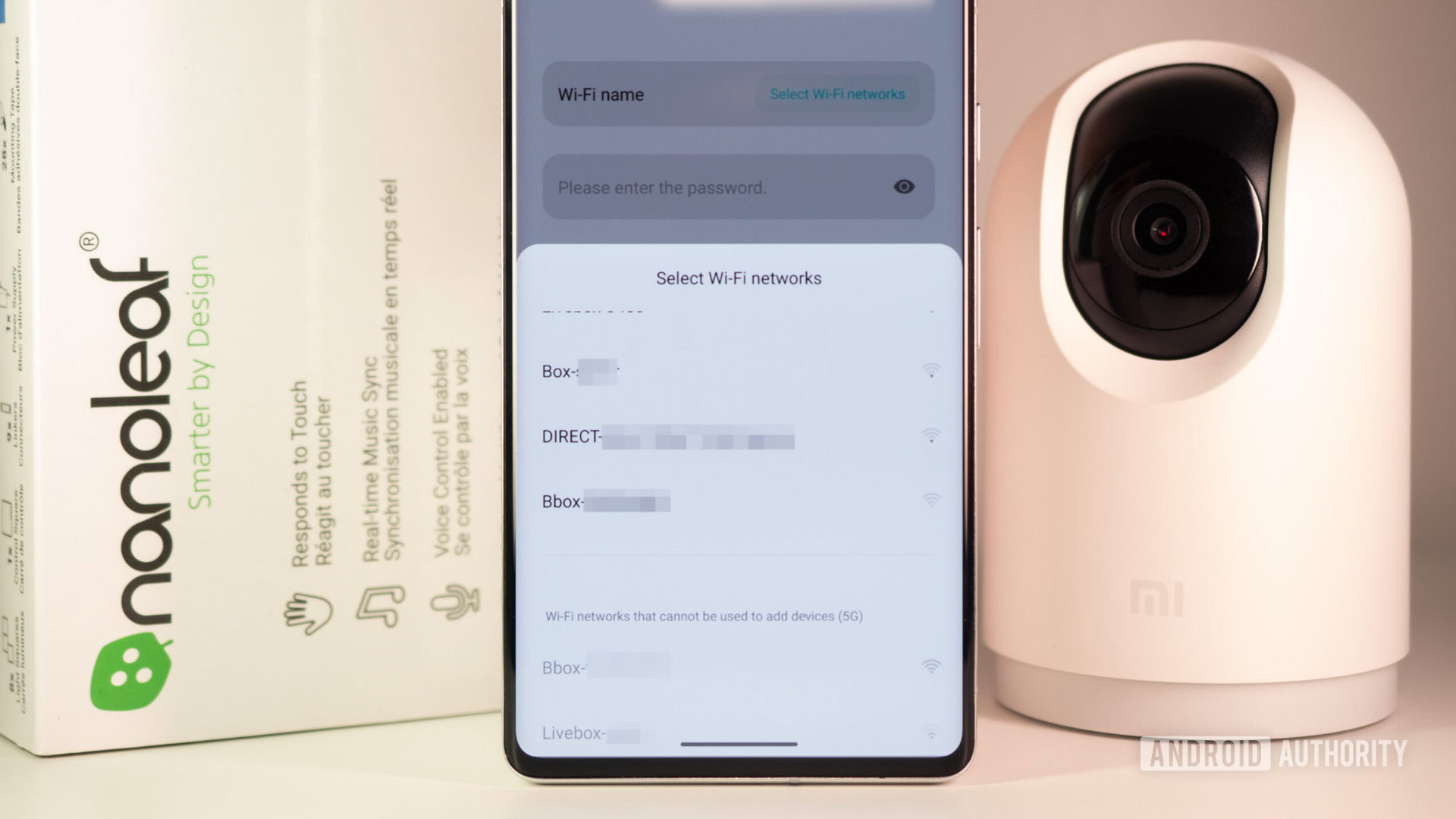
Rita El Khoury / The Android Authority
You may have encountered this when setting up a new smart home product: You install its companion app, create an account, connect the gadget, and you’re good to go until you realize it won’t connect to your Wi-Fi. What is happening? You restart your app, your phone, your router, and try all sorts of other tricks to no avail. The app refuses to see or connect to your network. In some cases, you are not given a courtesy error message; In other cases, developers are adaptable enough to point out the problem: 2.4GHz Wi-Fi.
The first time this happened to me, I was setting up the $1,400 Roborock S7 MaxV Ultra. The amazing price tag didn’t save this robot vacuum from having a cheap Wi-Fi chip, and I was left wondering if it would work on my dual-band router or if I’d have to redo it. (Spoiler: It works, but that requires workarounds, which I’ll get to later.)
I later had the same issue with two of Xiaomi’s smart home products (Smart Standing Fan 2 and 360 Smart Security Camera), as well as Nanoleaf Canvas smart light panels, and Sensibo Elements air monitor. Each time, I had to repeat the workaround to get them connected while muttering my displeasure. I also had to do it all over again when I upgraded my home network and changed my access point. At this point the air monitor failed to reset properly until I realized my mistake and switched to 2.4GHz. The grumbling was louder then.
Look, I can understand going with cheaper hardware options for a $40 camera, but anything over $100 and newer than 2015 should support dual-band Wi-Fi by default. Anything else is just stingy. I expect compromises on a cheap camera, which I wouldn’t expect on a top-of-the-line vacuum cleaner or air quality monitor.
So while this shouldn’t be a problem, it is. I have put together a small guide to explain the 2.4GHz problem on smart home devices and some tips and recommendations to avoid it before building or fixing your smart home if/when it is turned on.
Why do some smart home devices only support 2.4GHz Wi-Fi?
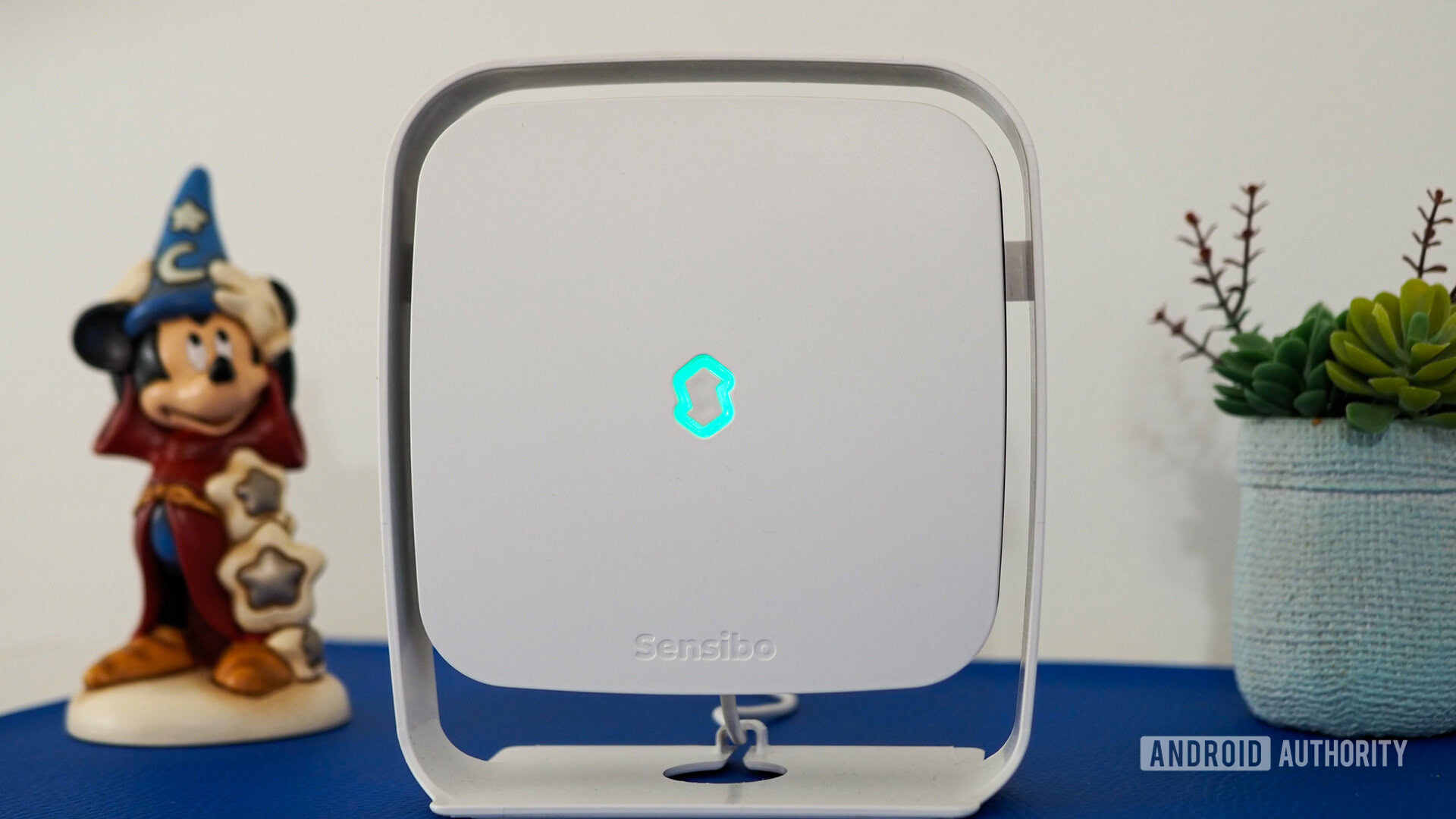
Rita El Khoury / The Android Authority
The 2.4GHz Wi-Fi band is older and more widespread than 5GHz. As a result, chips that only support it (ie neither 5GHz nor dual band) are cheaper and thus lower the bill of materials for smart home device makers. This is the business explanation for why some smart home devices only support 2.4GHz Wi-Fi.
But from a usability perspective, 2.4GHz also has some obvious advantages. It has a longer range and can penetrate walls and ceilings more easily – two important features of a smart home. If you’re installing your security camera outdoors, turning lights upstairs, or running your robot vacuum in rooms on the other side of the house, you need them to have a good signal in all of those places and this is where it shines. The spectrum is 2.4 GHz.
And while 2.4GHz Wi-Fi has a lower bandwidth than 5GHz, that doesn’t matter as much because smart home devices don’t need a stable, high-speed connection. Most of them simply send on/off and other simple commands, so they only need reliable low-bandwidth network access over a larger area.
So why is support for only 2.4GHz problematic at home?
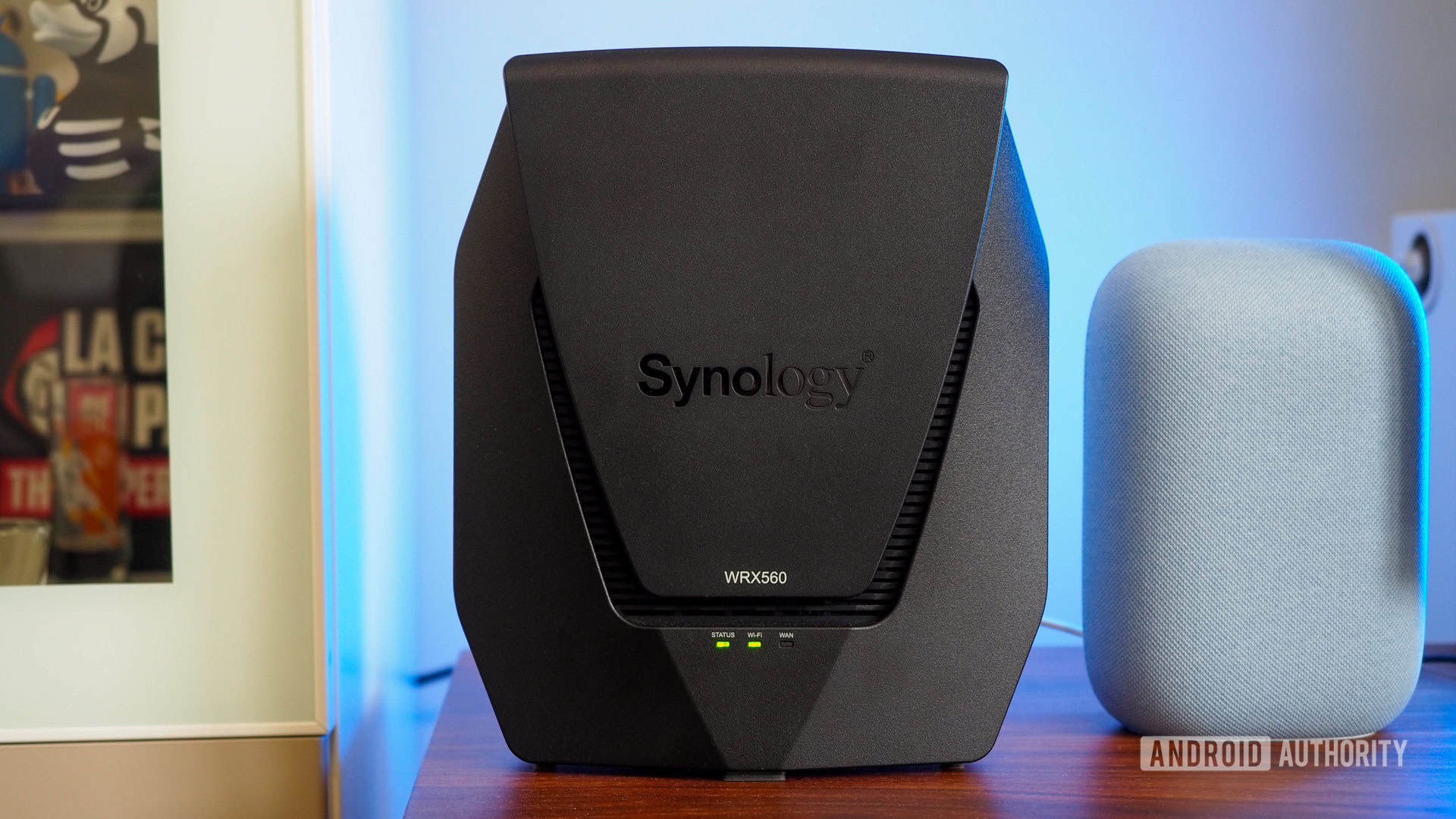
Rita El Khoury / The Android Authority
While 2.4GHz sounds great on paper for smart home products, it becomes a bit of a handicap when you put our modern routers into the mix. Many of them, whether they are stand-alone units or grid systems, are at least dual-band. This means that it supports both 2.4GHz and 5GHz, not to mention some new frequencies that also include Wi-Fi 6E and 6GHz frequencies.
Since 5GHz Wi-Fi is faster, our phones give it a go and stay connected for as long as they’re close at hand. And here’s the rub: If your smart home device can only connect to 2.4GHz Wi-Fi, the app during setup will only display the 5GHz band your phone is currently connected to, consider it incompatible, and refuse to initiate the connection. Case in point, Roborock and Xiaomi gray out 5GHz networks on setup and won’t let me connect to them, even though I know one of them is dual-band and supports 2.4GHz.
The internet is full of people complaining about this problem on everything from smart lights and security cameras to vacuum cleaners to solar panels. The problem is compounded when your router won’t let you separate the 2.4GHz band from the 5GHz band, which means you can’t bypass the setup process in the device app. Imagine throwing hundreds, if not thousands of dollars into a product only to realize it uses an outdated chip and can’t identify your network.
How do you avoid this problem?
The answer is simple. Before purchasing any new smart home product, you should check its spec sheet and see its Wi-Fi details. Not every manufacturer will include these things, so a little extra google or searching the support docs might bring up the answer. If you see 802.11 b / g / n 2.4 GHz, the product may refuse to connect to your dual band network. You can still buy and use it, as long as you are sure that you can solve the problem.
Otherwise, no mention 802.11ac or axOr 2.4GHz and 5GHz or dual-band Wi-Fi means that the product is fine connecting to both networks and should not cause any problems.
How to set up 2.4GHz smart home products on a dual-band network
There are some workarounds to circumvent this setup barrier and get your smart home device on the 2.4GHz band. Some of them are frivolous and unreliable, while others are not always possible.
Get further away
If you can move a few rooms away from your router, your phone may be out of the 5GHz range and forced to switch to 2.4GHz. If you start setup after this, your smart home device app will likely not see any network problem and allow you to continue. This is not a sure-fire solution as your phone may stick to the 5GHz connection until it is completely out of range.
Temporarily separate the router’s bands
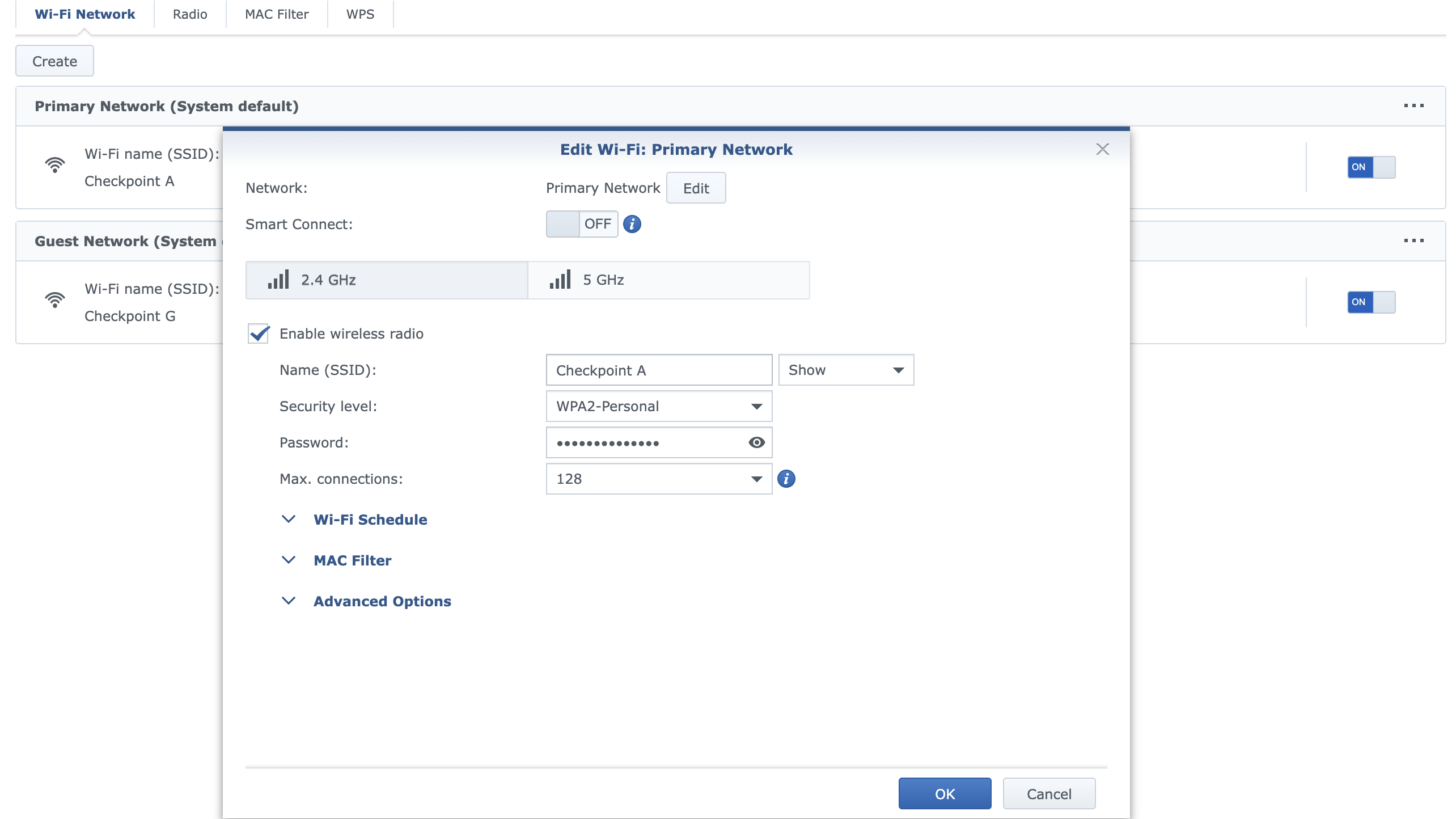
Rita El Khoury / The Android Authority
The Synology Smart Connect router is turned off
Depending on your router, you may be able to split the two bands into separate Wi-Fi networks. On my Synology WRX-560 the option is called Smart Connect and I have to turn it off to get 2.4GHz and 5GHz networks. On other routers, look for options like “Separate,” “Partition,” or “Separate.” Support documents or Google search are your friends on this journey. Some brands go a different route too, eero for example lets you temporarily disable the 5GHz frequency rather than splitting the two bands.
However, there is one trick to keep in mind. Because I want the split to be temporary, I made sure it was 2.4GHz network has the same SSID name and password As a shared dual-band network that you had set up earlier. When I unnetwork all my devices including my phone connect to the 2.4GHz band and I can set up my new smart home device without any app error. Then, when I merge the networks again, all my devices reconnect to the router, choose the band you like best, and yes, that includes the new smart home gadget at just 2.4GHz. Everything is back to normal. You can see how the Sensibo stuff is a Roborock S7 MaxV on the same network as my other devices, but it uses the 2.4GHz band.
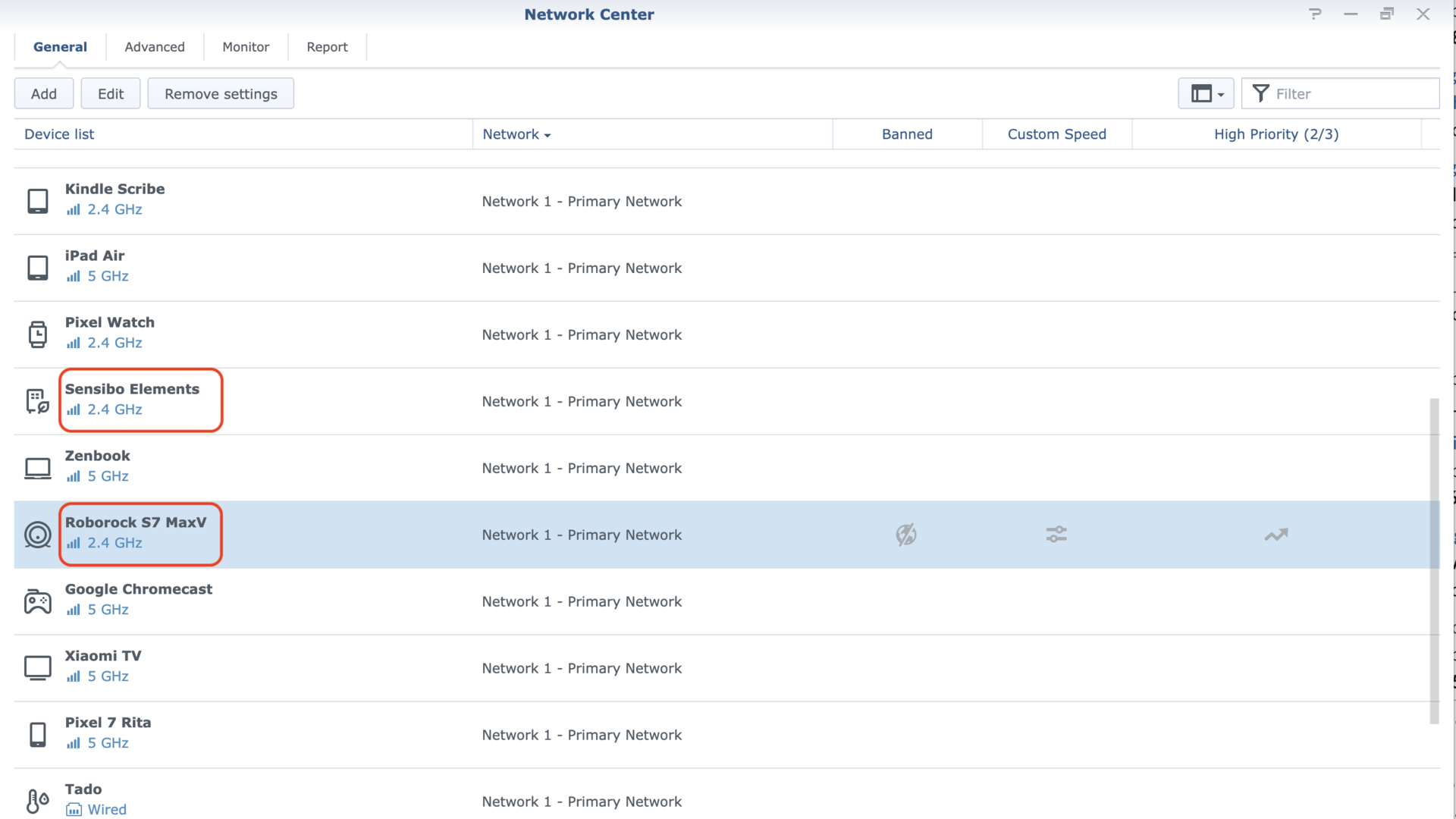
Rita El Khoury / The Android Authority
If this option is available in your router settings, then it is the most reliable option to use. You don’t need to rely on luck or go through any headache-inducing processes to get it to work, though it may take a little digging to find it the first time.
Set up a 2.4GHz guest network…or get creative
If your router doesn’t allow you to separate the two networks, which is probably an issue on some low quality ISP routers but can also happen on some good third party routers too – cough, Google Nest Wifi and Nest Wifi Pro, Cough – then you have to start coloring outside the lines a bit.
Another option is to use another phone’s hotspot as a buffer because some phone hotspots can only be 2.4GHz. So set up the hotspot with the same SSID and password as your main network (but be aware that some of your other devices in the house will switch to it unless you turn them off for a while), connect your phone to this hotspot, set up your new smart home device , then disable hotspot.
If that doesn’t work, there’s always the option of picking up an old single-band router that only works at 2.4GHz and using it to temporarily introduce your new smart home device to the same network SSID and password. Otherwise, you can always try to return the product and save all that headache.
It’s sad to see that we’re in 2023 — more than a decade after 5GHz Wi-Fi was introduced — and some smart home devices still don’t support it. And yes, there are many, many other issues with the current onset of smart home devices, but not being able to connect them to your network due to a stingy product decision is, dare I say, the biggest hurdle of all.
